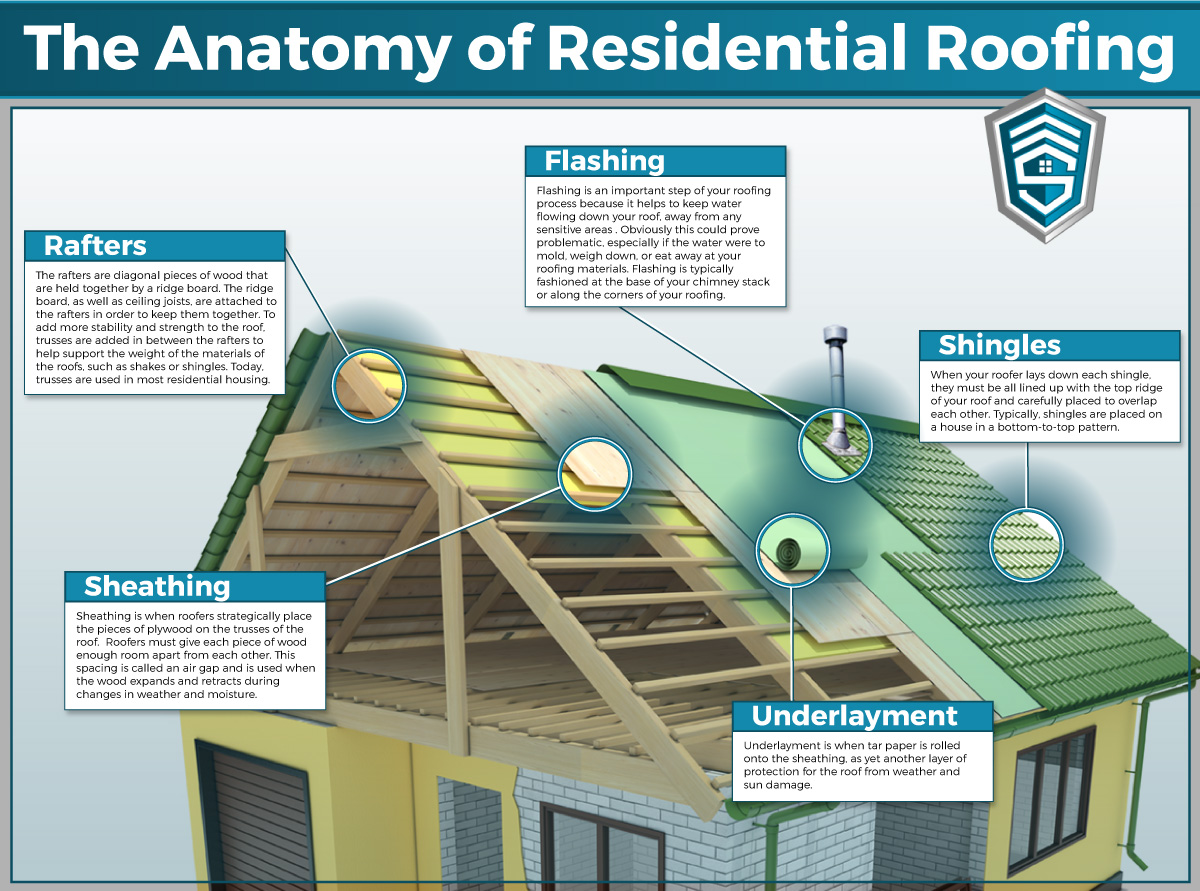Recognizing The Impact Of Climate Problems On Photovoltaic Panel Performance: Key Realities To Take Into Consideration
Recognizing The Impact Of Climate Problems On Photovoltaic Panel Performance: Key Realities To Take Into Consideration
Blog Article
Produced By-Underwood Kjeldgaard
When it involves photovoltaic panel effectiveness, recognizing exactly how weather come into play is key. Picture this: your solar panels indulging in the sunlight's glow, absorbing power to power your home. But what takes place when clouds roll in or temperature levels fluctuate? How does that effect your energy production? By diving into the detailed dance between weather and solar panels, you'll uncover essential understandings that can aid you make the most of your renewable energy setup. Check out the nuances of sunshine strength, temperature level effects, and the role of cloud cover and rainfall in enhancing your photovoltaic panel effectiveness.
Influence of Sunshine Strength
Occasionally, the intensity of sunlight can dramatically impact the performance of solar panels. When the sunlight is strong and straight, your photovoltaic panels produce even more electricity. Nonetheless, during cloudy days or when the sunlight goes to a low angle, the panels obtain much less sunshine, minimizing their effectiveness. To take full advantage of the energy output of your photovoltaic panels, it's vital to mount them in locations with enough sunlight direct exposure throughout the day. Think about aspects like shielding from nearby trees or structures that can obstruct sunlight and reduce the panels' efficiency.
To enhance the effectiveness of your photovoltaic panels, routinely clean them to remove any type of dirt, dust, or particles that might be blocking sunshine absorption. Furthermore, guarantee that your panels are angled properly to receive the most direct sunlight feasible.
Impact of Temperature Changes
When temperature changes happen, they can have a substantial effect on the efficiency of solar panels. Solar panels work best in cooler temperature levels, making them a lot more reliable on moderate days compared to exceptionally hot ones. As the temperature level raises, photovoltaic panels can experience a decline in effectiveness as a result of a sensation called the temperature level coefficient. install residential solar panels in voltage output, inevitably influencing the overall power production of the panels.
Alternatively, when temperatures drop too reduced, photovoltaic panels can also be influenced. Extremely cold temperatures can bring about a decline in conductivity within the panels, making them much less reliable in generating electrical power. This is why it's essential to take into consideration the temperature level problems when installing photovoltaic panels to maximize their performance.
Role of Cloud Cover and Rain
Cloud cover and rainfall can substantially affect the effectiveness of solar panels. When clouds block the sun, the amount of sunshine reaching your photovoltaic panels is reduced, causing a reduction in energy production. Rain can additionally affect photovoltaic panel performance by obstructing sunshine and creating a layer of dirt or gunk on the panels, additionally minimizing their capability to produce power. Even light rainfall can spread sunlight, causing it to be much less focused on the panels.
During overcast days with heavy cloud cover, photovoltaic panels may experience a considerable drop in power output. Nevertheless, it's worth noting that some contemporary photovoltaic panel modern technologies can still generate electrical power even when the skies is over cast. In addition, rain can have a cleaning result on solar panels, removing dust and dirt that might have collected in time.
To optimize the efficiency of your photovoltaic panels, it's necessary to consider the impact of cloud cover and rains on power production and make certain that your panels are effectively kept to stand up to differing weather conditions.
Conclusion
Finally, climate plays a substantial role in the performance of your solar panels. Making best use of sunlight direct exposure, handling temperature changes, and monitoring cloud cover and rainfall are crucial aspects to think about for ideal energy generation. Routine upkeep, such as cleaning panels, is crucial for preserving peak performance. By recognizing just how weather condition affects your photovoltaic panel performance, you can make educated choices to optimize energy result and cost savings.
